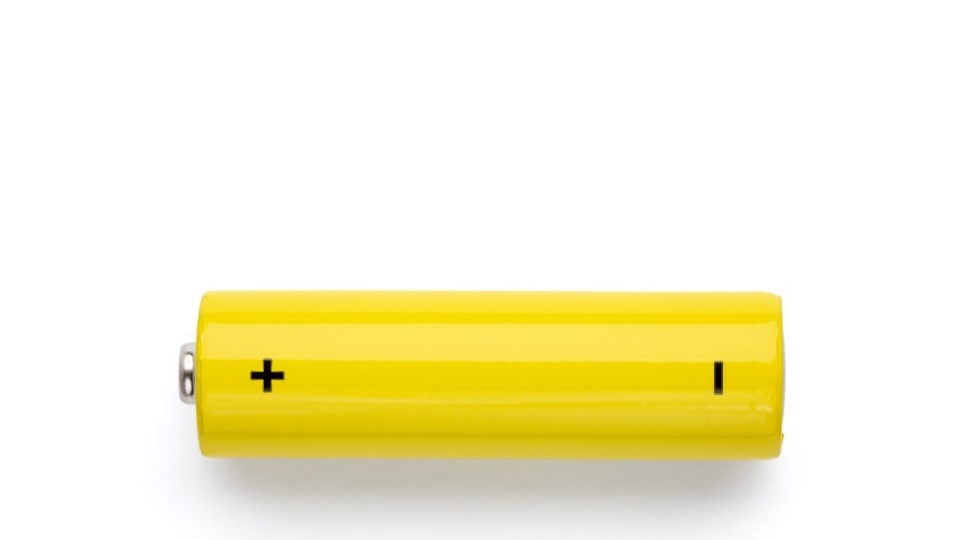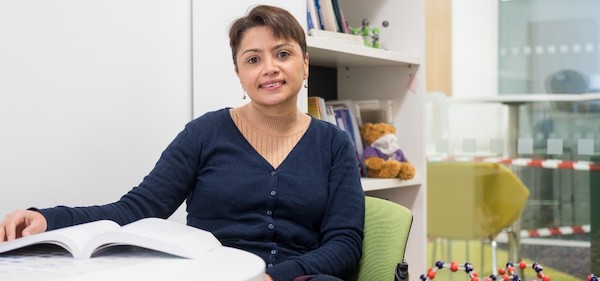Researchers from Loughborough University and the University of Liverpool have been working with British company Johnson Matthey – a leader in sustainable technologies – to improve the performance of lithium-oxygen (Li-O2) batteries.
In a new paper, published in Advanced Functional Materials, the team has designed a blend of materials that are stable with a Li metal anode – the negative part of a cell.
Work still needs to be done to improve the stability of materials at the cathode – the positive part – but the breakthrough marks a significant milestone in the future of energy storage, with Li-O2 cells expected to have up to 10 times the charge capacity of current batteries.
Dr Pooja Goddard, from the Department of Chemistry at Loughborough, and previous colleagues Dr Ryan Sharpe and Dr Stephen Yeandel, led the computational modelling efforts.
Dr Goddard said: “The Li-O2 battery remains an important and desirable target towards improving energy storage capacity for next-generation battery devices.
“Li-O2 batteries have remarkably high theoretical specific energy (the amount of energy stored per unit weight), and therefore the realization of a practical and truly rechargeable Li-O2 device with even a fraction of the theoretical capacity could outperform state-of-the-art lithium-ion cells.
“However, one of the key technological barriers to development is the stability of materials in Li-O2 cells.
“If the stability and performance of Li-O2 batteries can be optimised, Li-O2 devices could enhance for example driving range capacity significantly for electric vehicles.”
Funded by Innovate UK the paper details how lithium-oxygen (Li-O2) batteries (or lithium-air battery), consisting of Li-metal and a porous conductive framework as its electrodes, release energy from the reaction of oxygen from the air and lithium.
The lead author, Dr Alex Neale, of the University of Liverpool, said the paper demonstrates that the reactivity of certain electrolyte components can be switched off by precise control of component ratios.
He said: “The ability to precisely formulate the electrolyte to deliver enhanced cycle stability and functionality and to take advantage of the use low volatile components, really enabled us to specially tailor an electrolyte for the needs of metal-air battery technology.
“The outcomes from our study really show that by understanding the precise coordination environment of the lithium-ion within our electrolytes we can link this directly to achieving significant gains in actual cell performance.”
The research has benefited from high-performance computing facilities, HYDRA and EPSRC Tier 2 Machine HPC Midlands+ (ATHENA) at Loughborough and the super national computer ARCHER as well as battery research and characterisation facilities at the Stephenson Institute for Renewable Energy, University of Liverpool and the Harwell XPS Facility.
The paper, Design Parameters for Ionic Liquid - Molecular Solvent Blend Electrolytes to Enable Stable Li Metal Cycling Within Li-O2 Batteries, is published in Advanced Functional Materials.

